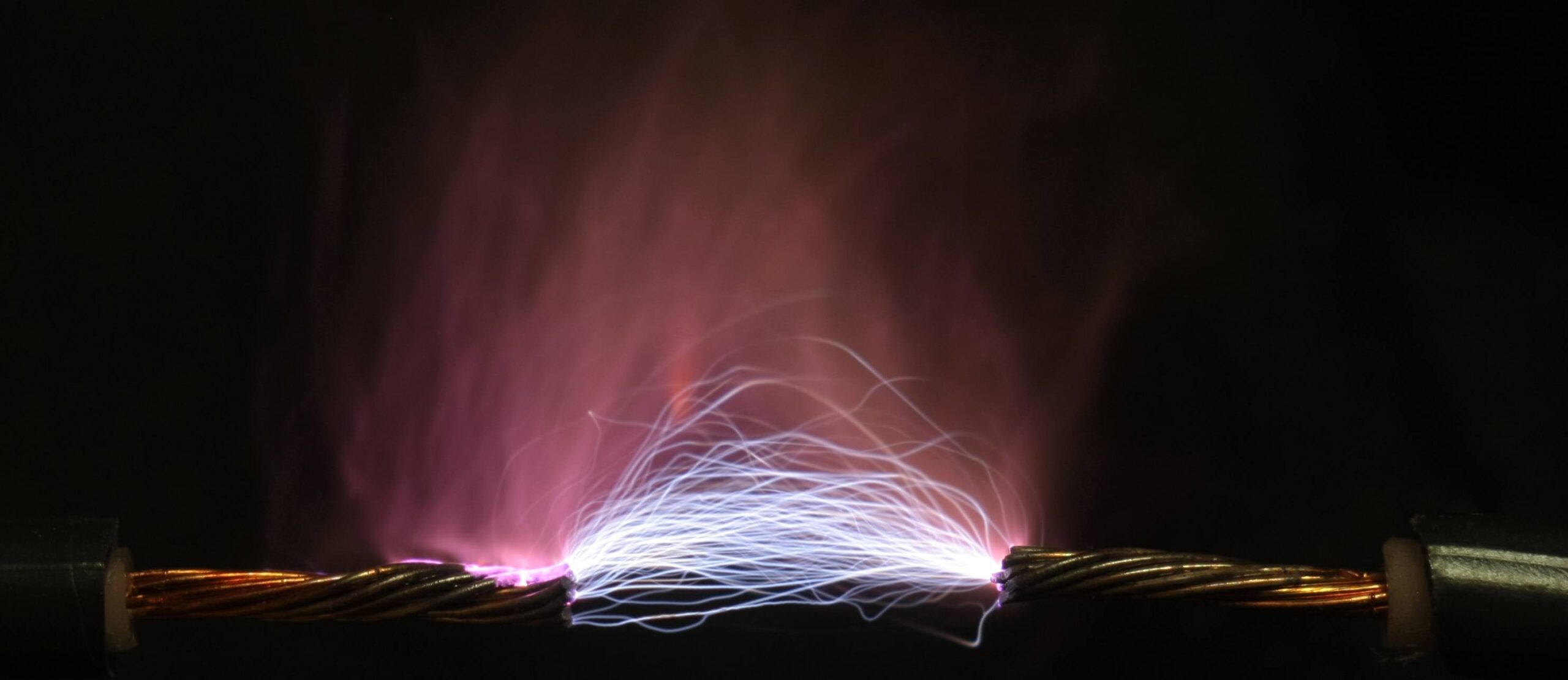The lowdown on: Arc Fault Detection Devices (AFDDs)
AFDDs are a largely new technology in Australia and understanding what they are – and what faults cause them to trip – is still unknown by many. Matthew Kummerow of Master Electricians Australia shares what we need to know
AFDDs provide additional protection to an electrical installation by monitoring final sub-circuits for arc faults. Most devices also incorporate overvoltage protection.
AFDDs come in many configurations and should be selected to suit the installation.
Combination units incorporate short circuit protection, overload protection, residual current protection PLUS the AFDD protections listed below.
Stand-alone units are designed to be added to the existing circuit protection of the electrical installation.
What faults cause an AFDD to trip?
Electrical arcs cause distinctive distortion of an AC sine wave. AFDDs monitor the waveform for this distortion and operate to disconnect the circuit before a hazardous situation develops. Arc faults can be either series or parallel.
Series arcs are those that occur along the length of a conductor, such as in a break in the conductor, or a poor termination.
Parallel arcs occur when there is a breakdown or failure of insulation between conductors, allowing a fault to develop.
Remember: Parallel arcs that occur to ’earth’ should cause the RCD component of the circuit protective device to trip once the leakage current exceeds the RCD’s rated residual setting.
Many AFDDs also monitor for overvoltage situations, and while the different manufacturers have slight variances in overvoltage values, in general, they operate when voltage exceeds 275 Volts.
Common causes of arc fault
Some of the most common causes of arc fault are:
- Loose wire connection or termination
Where the screw terminals are loosely connected such as on a socket outlet. Connections can loosen due to frequent mechanical stress such as plugging and pulling. - Overheated conductors
Heat can break down the insulation around conductors allowing an arc to occur. - Damaged conductors
Conductors may become damaged for several reasons, such as nails in the walls for hanging pictures, when kinked or twisted when furniture is pushed against, or on flexible cords damaging the insulations and allowing an arc to develop. - Damaged terminals
Where terminals or conductors are corroded due to excessive use, age, or environmental factors. - Moisture in electrical appliances or equipment
Any arc fault has the potential to cause fire, property damage or death. Monitoring for arcs has the potential to interrupt a fault before it develops into something more serious.
What are the possible applications for AFDDs?
If we think about the applications where AFDDs can add value and the protection they provide, the one that comes to mind immediately is for older electrical installations that form part of a high-value or irreplaceable site, for example, heritage-listed sites or critical infrastructure and hazardous areas.
If we are carrying out work in these types of installations, it’s a conversation that we could start with those clients.
While AS/NZS 3000 doesn’t yet mandate AFDDs, we should consider them for all installations and offer customers the option to install with an explanation of the increased protection they offer.
AFDD fault finding
The basis behind any fault-finding process is a thorough understanding of the nature of the fault (for example, high resistance or low insulation resistance), the test equipment on hand, and how to use it to locate the fault.
Whilst every manufacturer is different, in general, AFDD units contain LEDs that flash in a sequence to indicate the type of fault that caused it to operate, that is, a series or a parallel arc, overvoltage, unit failure, earth leakage, overload or short circuit. This should give an electrician vital clues to locate the fault.
Before thinking about the equipment needed to locate an arc fault, we must understand the needed current flow for an arc to be generated. In the case of a series arc, locating the fault could be narrowed down by determining the equipment on the circuit that was in use (drawing current) at the time of ’tripping’. So, it may be a matter of having a conversation with the client, determining the equipment in use at the time of tripping and conducting a thorough visual inspection or using an ohmmeter to locate high resistance.
An insulation resistance tester will be required for finding parallel faults. When testing insulation resistance between our live conductors, a no fault situation would be indicated by high or infinite insulation resistance, while a fault would be indicated by low or zero insulation resistance. A thermal imaging camera may be useful in some cases to locate the heat generated by an arc, but keep in mind that the heat would need to still be present – or the tripping to have happened recently – so that latent heat is still measurable.
AFDD Fault-finding methodology
The methodology behind any fault-finding process is the same.
1. Understand the nature of the fault
Series, parallel, overvoltage, etc., that caused the device to trip.
2. Select the appropriate electrical test equipment
Once we understand the nature of the fault and assess our site conditions, we can identify the appropriate test equipment we need to locate our fault. However, it’s always great to have different options in our ‘bag of tricks’ that allow us to tailor our testing to our specific scenario.
3. Isolate the fault
As we trace our fault we can start isolating our circuit into smaller parts so that we can definitively isolate our fault.
4. Locate the fault
Now that we have isolated the fault to a specific part of the installation or equipment, we can start thinking about repair methods.
5. Effect repairs/replacement
Faulty equipment is generally not an issue and can be easily repaired or replaced.
Where it can get tricky is when we have a fault concealed in part of the installation.
In some cases, repairs or direct replacement of concealed wiring may not be possible. We may need to isolate a section of wiring, leaving it in place, and install a new section around it or along another route.
AFDDs are a new technology that will become more common over time. They offer great improvements in electrical safety and will lead to smarter protection for our installations.
While costs are relatively high at present, as we use them more frequently, we should see real costs decrease and increased uptake on what promises to be a great technological step forward.
The minimum standard of RCD used in final sub-circuit applications has changed with the final implementation of AS/NZS 3000 Amendment 2. If you have any questions about staying compliant regarding AFDDs or other emerging technologies, Master Electricians have unlimited access to the MEA Technical and Safety hotline. Phone 1300 889 198 to speak to the experts.





Comments (0)
Write a Comment